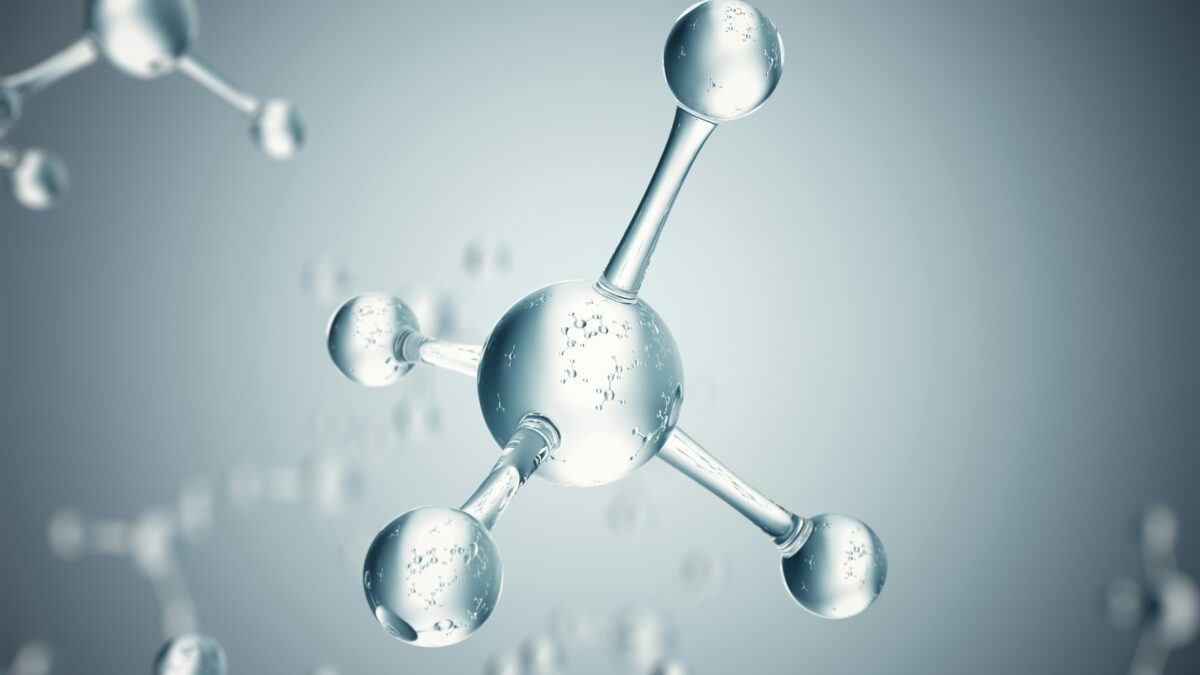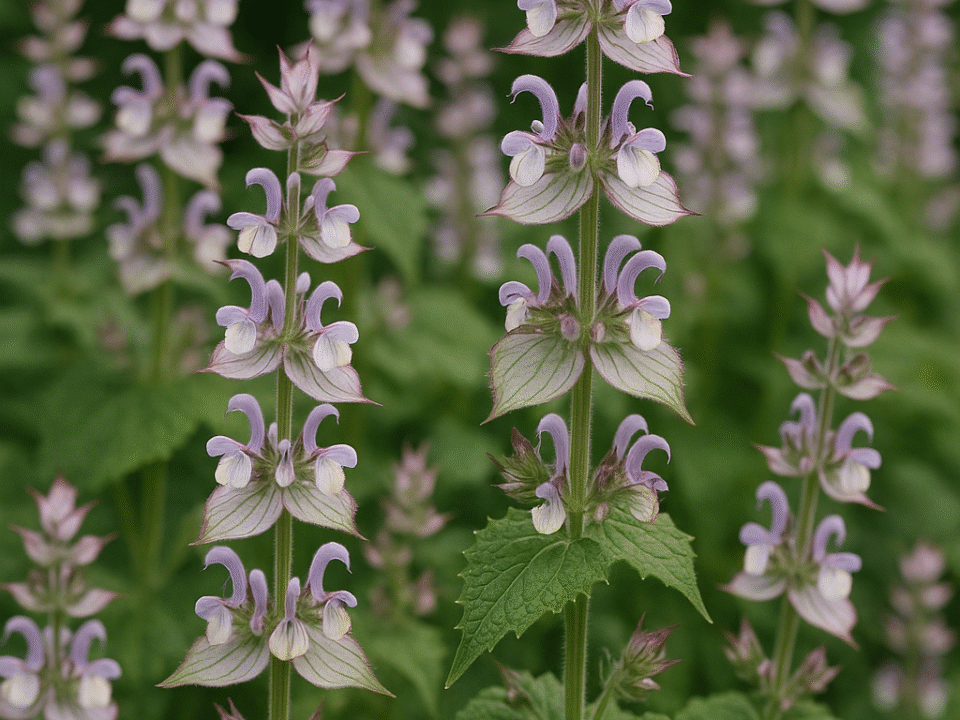
Phenoxyethanol is an organic compound known for its effectiveness as a preservative in various cosmetic, pharmaceutical, and industrial applications. Chemically, it is both a glycol ether and a phenol ether, with a colorless, oily consistency. The compound was first identified by German chemist Otto Schott in the early 20th century, marking the beginning of its widespread use and research in diverse fields.
In the world of skincare, phenoxyethanol is commonly used as a preservative and an antimicrobial agent, which helps to protect products from contamination. Unlike ingredients that are specifically added for their direct skincare benefits, phenoxyethanol is included primarily to enhance the product’s safety and longevity. Its antimicrobial properties prevent the growth of bacteria, yeast, and fungi within a formula, ensuring that products remain safe and stable over time. Additionally, phenoxyethanol contributes to the stability of the product by not reacting with other ingredients, air, or light, making it highly versatile in various formulations such as cleansers, moisturizers, serums, and creams.
Phenoxyethanol is also used outside the realm of skincare. In other industries, it functions as a perfume fixative, an insect repellent, an antiseptic, and a solvent for materials such as dyes, inks, and resins. It even plays a role in organic synthesis and as an anaesthetic in fish aquaculture.
Despite its many benefits, phenoxyethanol is not without controversy. In infants, ingestion of phenoxyethanol can be toxic, affecting the central nervous system. Because of this risk, parents are advised to avoid products containing phenoxyethanol on young children. For adults, side effects are typically milder, though they can occasionally cause skin irritation or allergic reactions, especially in individuals with sensitive skin or conditions like eczema. Dermatologists recommend a patch test for those with sensitive skin before using a new product containing phenoxyethanol. To test for a reaction, apply a small amount to the same spot on the upper arm twice a day for three days, noting any irritation or reaction. If irritation occurs, discontinuing use and consulting a dermatologist is advised.
For individuals without sensitivities, phenoxyethanol is generally safe for daily use and is found in products applied at various stages of a skincare routine. Since it is included in a wide array of formulations, the timing and step in which phenoxyethanol-containing products are used depend on the specific product type.
Overall, phenoxyethanol is a widely used preservative that supports both product safety and stability, though individuals with sensitive skin may benefit from testing or monitoring their response to products containing this ingredient.



